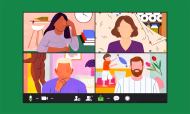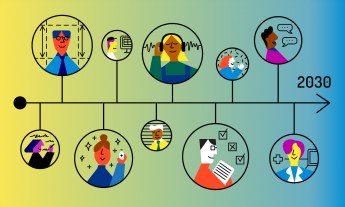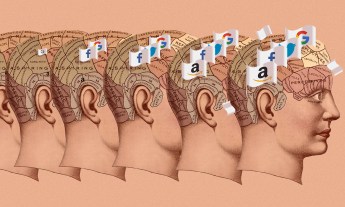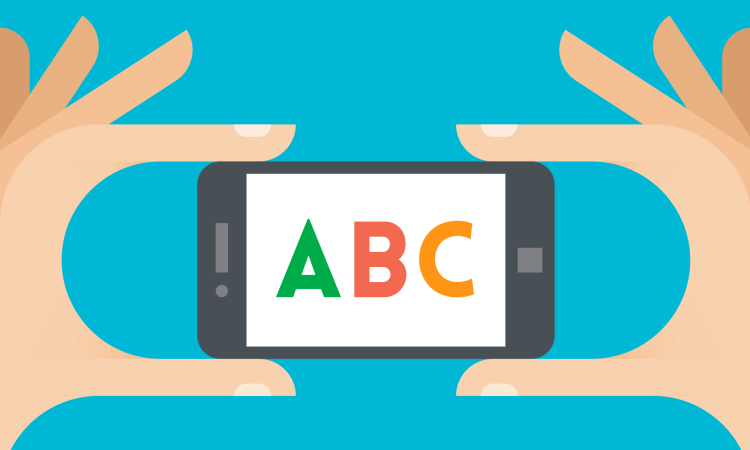
8 ways to think about tech in ways that actually improve the classroom.
Bringing technology into the classroom often winds up an awkward mash-up between the laws of Murphy and Moore: What can go wrong, will — only faster.
It’s a multi-headed challenge: Teachers need to connect with classrooms filled with distinct individuals. We all want learning to be intrinsically motivated and mindful, yet we want kids to test well and respond to bribes (er, extrinsic rewards). Meanwhile, there’s a multi-billion-dollar industry, in the US alone, hoping to sell apps and tech tools to school boards.
There’s no app for that.
But there are touchstones for bringing technology into the classroom. With educational goals as the starting point, not an afterthought, teachers can help students use — and then transcend — technology as they learn.
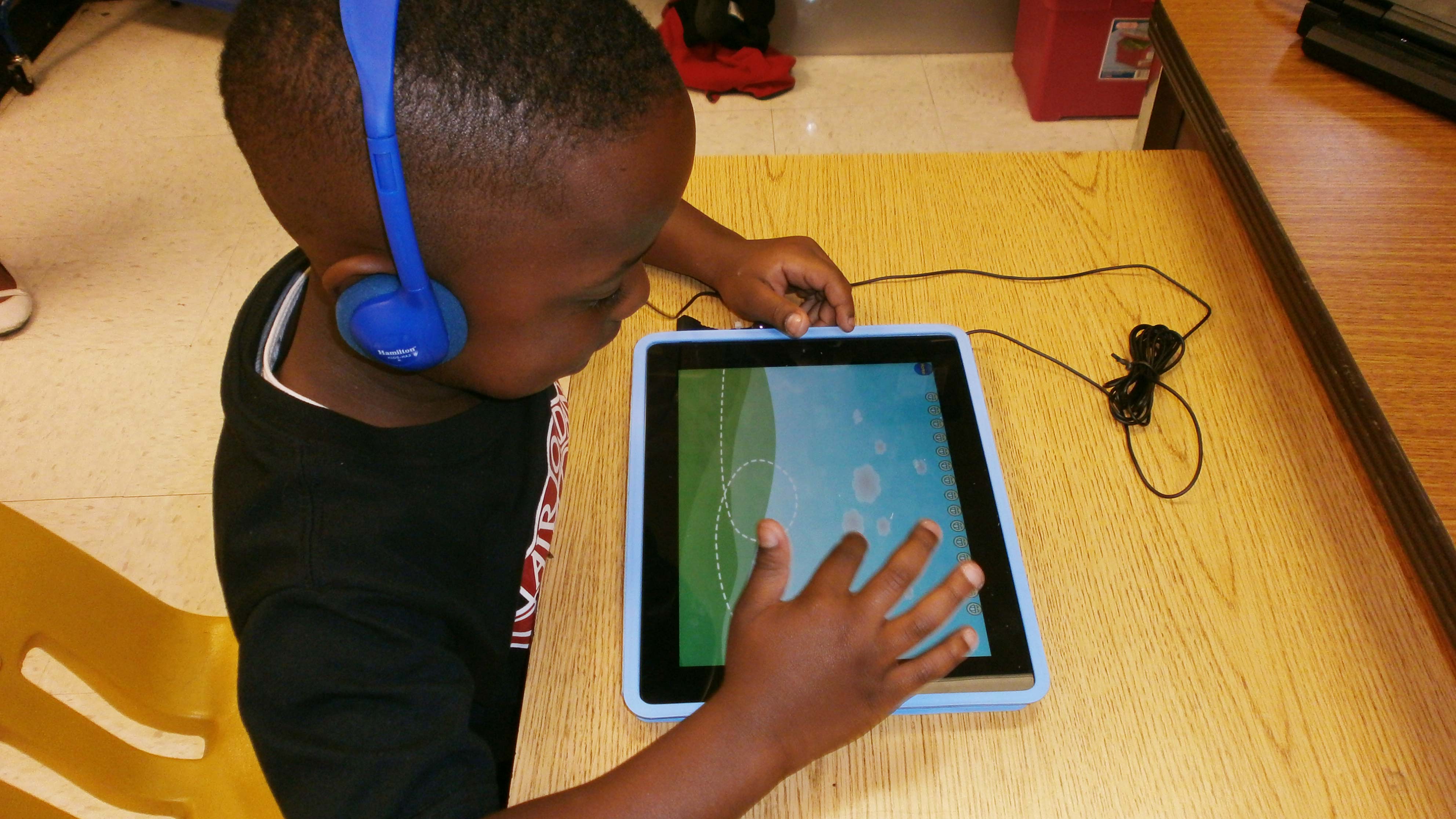
“App-transcendence,” says Howard Gardner, a professor at Harvard’s graduate school of education who is known for his theory of multiple intelligences, “is when you put the apps away and use your own wits, not someone else’s.” To help kids get to that point, Gardner suggests that teachers and parents “ask who created the technology and for what purpose, to what extent is it flexible, to what extent are the data produced going to be used by the manufacturer and the creator? In other words, interrogate the technology, interrogate the software. The existence of it is nice, but that’s not a mandate to use it.”
The following is what teachers (and parents) need to know when looking at the increasingly lucrative landscape of apps, learning systems, MOOCs and hardware. Already, K–12 schools represent a $600 billion market. Keeping up with the deluge of products is impossible and really not all that helpful. Instead, these 8 touchstones — based on research and backed by good common sense and teacher know-how — will outlast any technology life cycle.
1. Keep learning goals ahead of the technology.
At the start and end of each school day, ask: What’s the pedagogical goal? “What we’re doing in schooling and in teaching is trying to convey content knowledge, whether it’s music, art, or math,” says Punya Mishra, a professor of Educational Psychology & Educational Technology at Michigan State University. “We’re trying to help learners parse and make sense of the world.” Mishra points to the work of Lee Shulman, who in the 1970s pioneered the idea of “pedagogical content knowledge,” in which good teachers are more than just content experts; they’re experts in teaching that content. Pedagogy and content, Mishra says, can’t be considered independently of each other; the same goes for tech and content. “Part of the challenge with technology,” he says, “is that we see a new tool and say, Let’s put it in classrooms. Tech becomes an add-on, as opposed to integral to the subject.”
Skip the templates and overly pat apps.
2. Opt for the open-ended.
Drill and grill? Yeah, that sounds about as fun as a root canal. Let students surprise you and themselves. Katie Davis, a former fourth-grade teacher who now works as an assistant professor at the University of Washington Information School and recently co-authored The App Generation with Gardner, suggests using technology as a starting point, a way to introduce new experiences and modes of expressions. Opt for flexible technology that draws on a student’s inner resources and judgment and is relevant to them. Query any educational technology, says Davis: “Can students ask, What do I think about this? What direction do I think I should go? The experiences should be open-ended and as non-constrained as possible.” In other words, skip the templates and overly pat apps. Let kids get comfortable with the messiness of life and learning.
Look for technology that uses questions to foster curiosity and the joy of discovery.
3. Don’t let tech make learning easy.
Use technology to nudge students away from looking for confirmation for what they already know. Instead, challenge them — encourage risk and confusion that can’t be solved with a few clicks. Find learning technologies that identify and push against a student’s cognitive gap, that space between what a student knows and doesn’t know. Then serve up an appropriate next step (and no, not “helpful hints” that give away answers). You’re looking for the Goldilocks factor, says Elizabeth Bonawitz, a professor of psychology at Rutgers: Keep learning challenging, but not impossible. Look for technology that uses questions to foster curiosity and the joy of discovery.
4. Take feedback seriously.
Skip educational software that offers only simple “correct” or “wrong” responses. Feedback, particularly how often and how it is given, is “massively underappreciated,” says Neil Heffernan, a former middle school math teacher who is now a professor at Worcester Polytechnic Institute’s Computer Science Department.
Heffernan developed a tutoring system, called ASSISTments, to help kids in the moment and to assess their progress over time. More than 100,000 schoolchildren across the country have tried the free setup, and Heffernan is now considering how online tutoring might offer students encouragement and gentle nudges in the form of pre-recorded videos by their teachers. Perhaps most interesting, though, is how classroom behavior changes based on the tech. “We’re seeing a whole-class discussion about an error that 51 percent of a class made,” says Heffernan. “What’s the conceptual mistake that someone made to get that common wrong answer? The students’ next step is to write the message to kids who actually make this error going forward. All the kids who get to that question tomorrow will have the benefit of this student-generated feedback message.”

Small nudges, in the form of well-crafted feedback, can make big differences in learning outcomes for kids. Based on three decades of research, Stanford University psychologist Carol Dweck developed “growth mindset,” the notion that intelligence and talents can be developed over time — and that a learner’s mental attitude or inclination matters. Computer programs like Brainology and Math 180 are based on Dweck’s growth mindset; other ed tech offerings are moving in this direction.
5. Stay skeptical of individualized learning — for now.
Research into individualized learning in the digital realm is still at a preliminary stage (read: way behind the marketing of ed-tech startups). But Sidney D’Mello, a professor of psychology and computer science at the University of Notre Dame, thinks the future is promising. D’Mello develops “affect-aware technology,” software that works to detect facial cues and then reacts to a student’s confusion, boredom or disengagement. His tutoring systems use a $20 commercial eye tracker to identify when a student might be zoning out or wallowing in confusion. But for these technologies to work at the individual level, a classroom’s culture is tantamount. Develop, says D’Mello, “a culture that values failure and where confusion doesn’t mean you’re stupid.”
Look beyond Facebook, Instagram and texting.
6. Bring in student interests, authentically.
Who likes chocolate-covered broccoli? Exactly. Mimi Ito, a professor and cultural anthropologist of technology use at the Humanities Research Institute at the University of California, Irvine, often “sees teachers try to graft some of the idioms of social media or popular media onto classroom practices” — in other words, writing lessons that use Facebook, Instagram and texting. But as she says: “Kids are resistant to having their fun space colonized by adults.” Rather, she suggests, look to “connect with kids’ interest-driven practices through sites and educational technology that are authentically tied to classroom learning.”
Teachers can help students see the relevance of their passion, be it gaming, fandom or something altogether different. If their enthusiasm involves content production and sharing (say, writing, performing or making things), all the better. When there’s authenticity, students “welcome a brokering of connections,” says Ito. “It’s not enough for kids to be geeking out and getting good at something with their peers. When a caring adult — a teacher, mentor, or parent — also shares that interest and is able to demonstrate that the skills they’re developing are relevant to the adult world or school, that’s a profound transformation for kids.”
Look for technology that supports social interaction.
7. Start conversations.
Look for technology that supports social interaction, says Lori Takeuchi, senior director and research scientist at the Joan Ganz Cooney Center. “What are the conversations that technology can inspire?” she asks. Consider the notion of “learning around technology” and get comfortable with the fact that there’s never one perfect tech solution.
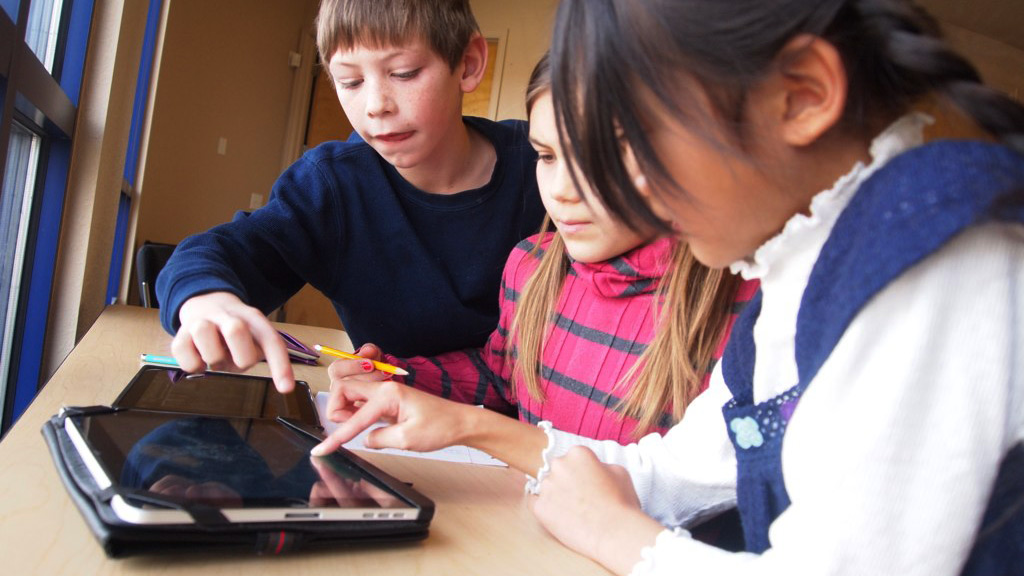
Takeuchi helped design a survey of 694 randomly selected K–8 teachers to track their use of videogames in the classroom. Teachers’ top complaint? Difficulty finding just “the right game” for their students. There’s no way to make that easy. Most teachers rely on word of mouth and their own hands-on experience. In the survey, 48 percent of game recommendations came from other teachers, 41 percent came from their own experience, and 31 percent came from students.
Use open online materials to share content, lesson plans and professional development.
8. Make it open, make it better.
There’s a movement online for teachers to share content, lesson plans and professional development. Known as open educational resources (OERs), these online materials are freely and openly available. For Elizabeth Murray, OERs can be a powerful resource for letting educational technology do what it’s good at — expanding and enhancing lessons and learning.
Murray is a founder of MIT’s BLOSSOMS (Blended Learning Open Source Science or Math Studies) and co-director of LINC (Learning International Networks Consortium). Both organizations rely on distance and e-learning technologies, largely interactive video lessons, as a way to offer access to quality educational resources. That may sound familiar, but their approach, honed over the past decade, is different. With BLOSSOMS, “we want concepts that are difficult for teachers to teach and difficult for students to learn,” says Murray. Consider, for instance, the physics behind answering the question, How do mosquitoes fly in the rain? “We’ve found that teachers see BLOSSOMS’ lessons both as a content resource and as professional development. They learn to teach well by co-teaching with another teacher and then adding to or sharing the lesson.” Resources that encourage professional development — often lacking at schools — can help teachers use educational technology to empower and inspire their own teaching practice.
Featured artwork via iStock.





